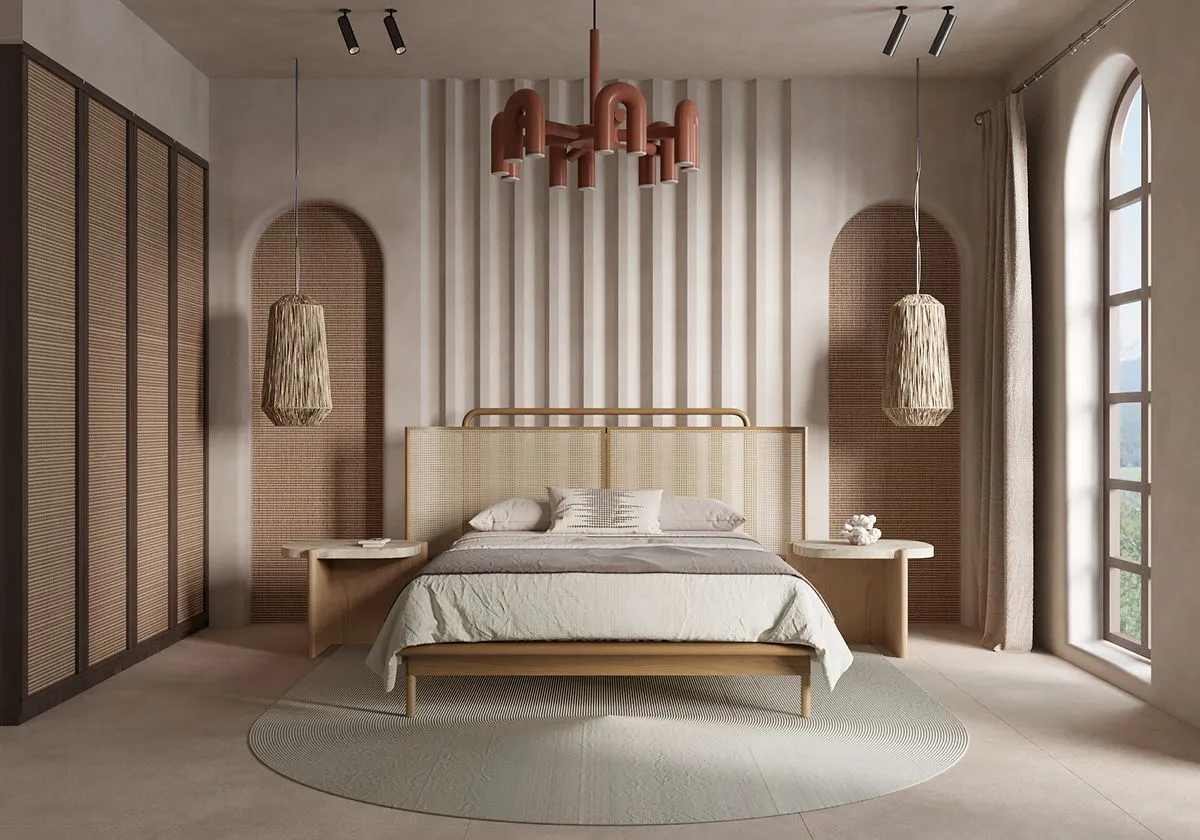Discover the Allure of Wabi: Why This Japanese Aesthetic is Captivating America
In a world obsessed with perfection and polished appearances, a centuries-old Japanese philosophy is quietly revolutionizing how Americans perceive beauty and life itself. Wabi-sabi, an aesthetic rooted in Zen Buddhism, is transforming design, lifestyle, and personal perspectives across the United States.
What exactly is wabi-sabi? At its core, this profound philosophy celebrates the beauty of imperfection, impermanence, and authenticity. Unlike Western ideals that chase flawlessness, wabi-sabi embraces the unique, the weathered, and the naturally evolving.
The Essence of Wabi-Sabi
The concept breaks down into two fundamental principles:
- Wabi: Representing rustic simplicity and natural freshness
- Sabi: Signifying the beauty of aging and the passage of time
“Wabi-sabi is about finding extraordinary beauty in ordinary things,” explains Dr. Emily Tanaka, a cultural anthropologist specializing in Japanese aesthetics. This philosophy transcends mere visual appreciation, offering a transformative worldview.
Cultural Roots and Modern Appeal
Historically connected to the Japanese tea ceremony, wabi-sabi has deep spiritual roots. Its journey to American consciousness began in the 1980s, gradually gaining momentum through design, art, and philosophical literature.
Design and Lifestyle Transformation
Contemporary American designers and artists are increasingly incorporating wabi-sabi principles. Handcrafted ceramics with intentional imperfections, minimalist interiors featuring natural materials, and sustainable fashion are becoming mainstream representations of this aesthetic.
Beyond Aesthetics: A Philosophical Approach
Wabi-sabi isn’t just about visual design—it’s a holistic approach to life. It encourages:
- Accepting personal imperfections
- Appreciating natural cycles
- Finding beauty in simplicity
- Embracing transient experiences
The Kintsugi Connection
A powerful metaphor for the wabi-sabi philosophy is kintsugi, the Japanese art of repairing broken pottery with gold. Instead of hiding flaws, this technique celebrates them, transforming breaks into beautiful, unique designs.
Why Americans Are Embracing Wabi-Sabi
The growing popularity stems from several factors:
- Increasing stress from perfectionist culture
- Desire for more meaningful, authentic experiences
- Rising interest in mindfulness and intentional living
- Sustainability concerns and rejection of disposable consumer culture
“Wabi-sabi offers a profound alternative to our high-pressure, image-obsessed society,” notes lifestyle expert Rachel Zimmerman. “It gives people permission to be beautifully imperfect.”
Educational and Community Impact
Workshops, classes, and cultural events exploring wabi-sabi are proliferating across major U.S. cities. From tea ceremony demonstrations to pottery repair workshops, Americans are actively engaging with this transformative philosophy.
Personal Growth and Reflection
Beyond aesthetic appreciation, wabi-sabi encourages deep personal introspection. It invites individuals to:
- Embrace life’s impermanence
- Find peace in natural aging
- Appreciate unique personal journeys
- Cultivate genuine self-acceptance
The Future of Wabi-Sabi in America
As more people discover this Japanese aesthetic, its influence continues to expand. From interior design to personal philosophy, wabi-sabi is reshaping how Americans understand beauty, value, and life itself.
Ultimately, wabi-sabi is not just an aesthetic—it’s a gentle, profound invitation to see the world differently.
Discover the beauty of imperfection. Embrace wabi-sabi.






Leave a Comment